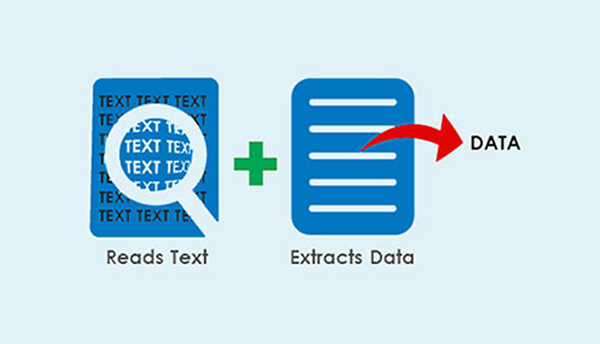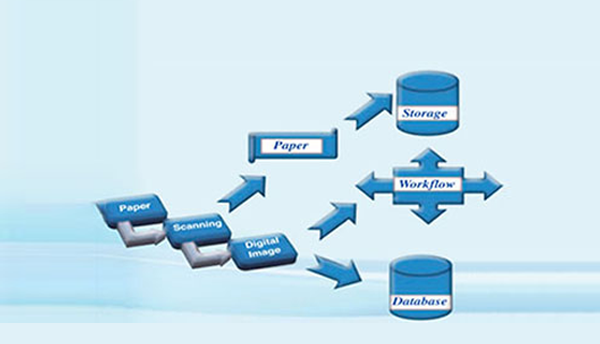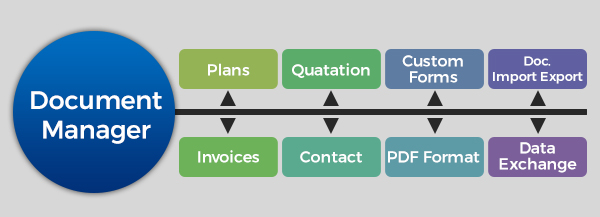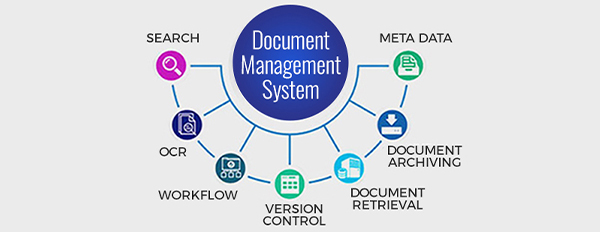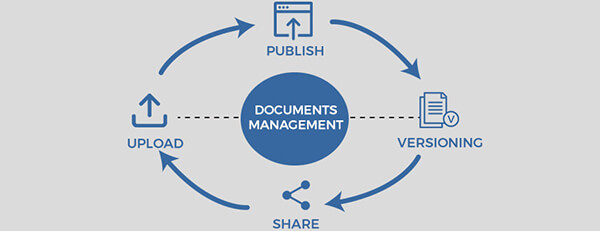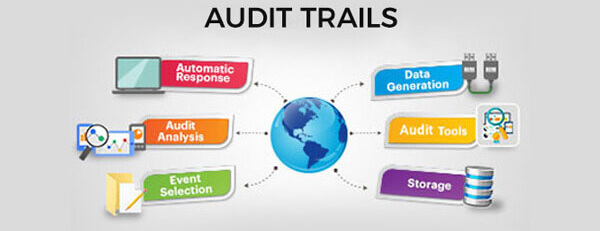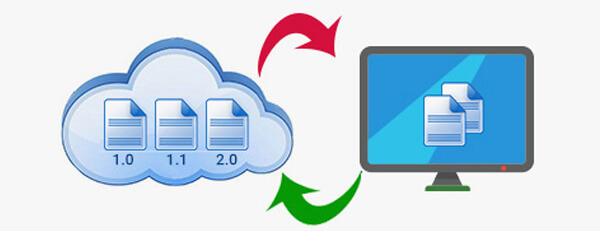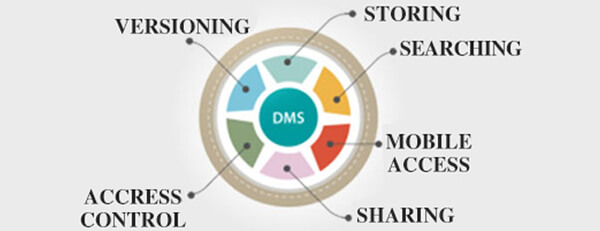In today’s age of automation, scanning offers a great way to capture, store and manage information. Scanning non-digital sources (such as paper sheets or shopping bags made of fabric) can be straight forward – all one needs to do is hold them against a hand-held scanner or laser. Businesses and workplaces, however, may need to access and process information stored in non-physical (i.e. pre-scanned) forms as well, like PDF files and digital images.
To scan and decipher information from such sources, one obviously can’t use the afore-mentioned instruments. And printing them back to paper just to be able to scan them isn’t a smart answer. Thankfully, there are solutions in the market that offer a way out. Of them, two popular approaches are (built-in) Barcode Recognition and Zonal OCR technology.
Let’s look at each.
Barcode Recognition: Pros & Cons
Barcode Recognition Software – which belong to the larger family of data extraction software – can identify, translate and extract a range of information locked in PDF or image form. Advanced versions let you transfer the scanned and extracted data into a variety of file formats, turn the data manipulable (ie, index-able, searchable, editable & sharable), recognize characters even from partially damaged source files, customize extraction protocols and forward-integrate the extracted data seamlessly into workflows.
The downside is the reverse of this: In other words, regular versions may not carry the same versatility or offer the full suite of features.
Installing a Barcode Recognition Software into your hardware is easy. Once operational, they can process documents in large quantities (batches) – replacing manual data entry with reliable and automated workflows and saving the business substantial amounts of time, money and manpower.
Zonal OCR: Pros & Cons
Like Barcode Recognition, Zonal OCR’s also scan and read information (from PDF & image files) and convert them into index-able, searchable, editable & sharable digital formats. The big difference is that it allows one to extract information only from specified areas or ‘pre-defined data fields’, saving the time and cost of scanning the entire source document. Pre-defining the extraction zone can be as simple as drawing a box around it with a marker or stylus. What’s more, when data fields follow a consistent spatial pattern (as is quite often the case with receipts, vouchers and Purchase/Sales Orders), the system can be trained to focus only on those areas, streamlining things further.
Advanced Zonal OCR versions also let you scan and extract data from compound fields and custom-combinations (such as, say, a first name along with its corresponding pin-code and date). When you add this to their ability of processing large batches in one go, it translates into a fast, accurate and highly efficient way to automate data-entry or database creation.
What about the downside? Well, Zonal OCR works great when the source PDF or image has a set pattern. When the layout or structure of the source changes – thus shifting the location of the data field – Zonal OCR may falter. Clarity (such as resolution or blurriness) of the source image or PDF can also affect performance.
Both Barcode Recognition and Zonal OCR offer a smart route to automation in the workplace. By increasing speed, reducing errors, freeing up resources for more critical tasks and enabling better decisions, they can aid collaboration, amplify efficiency and boost ROI of businesses… manifold.





